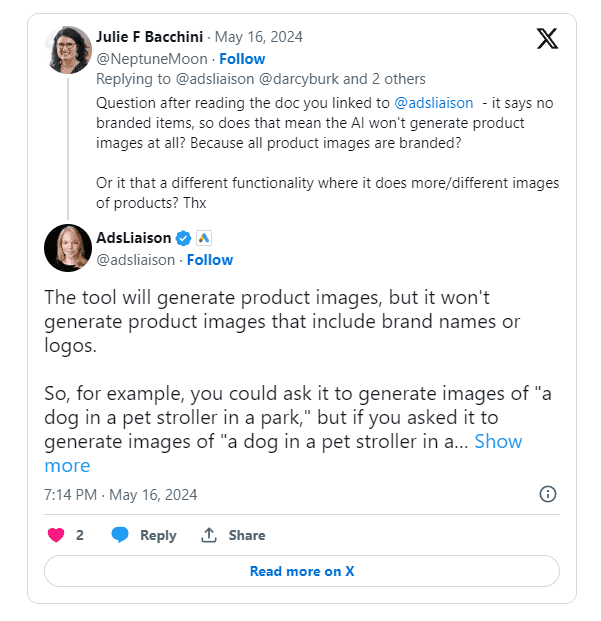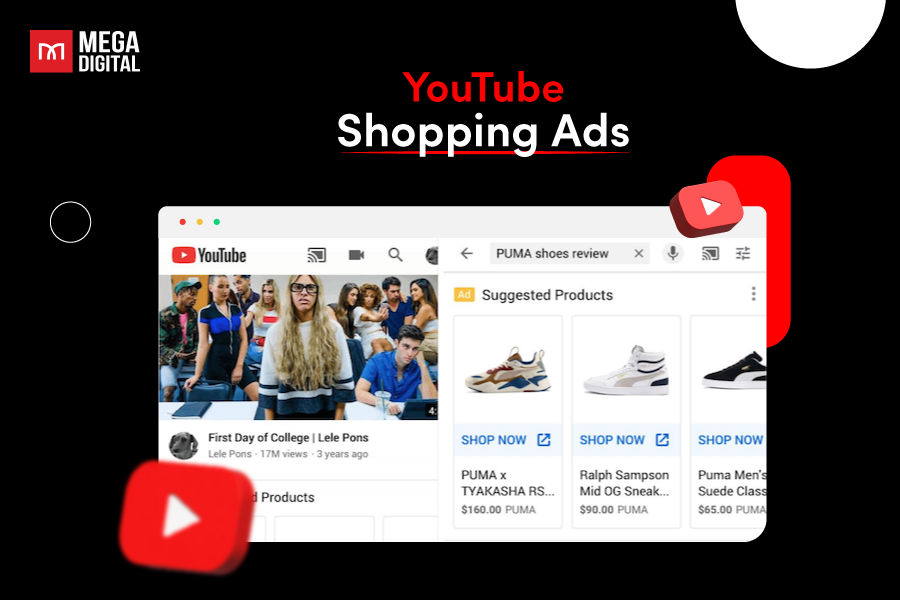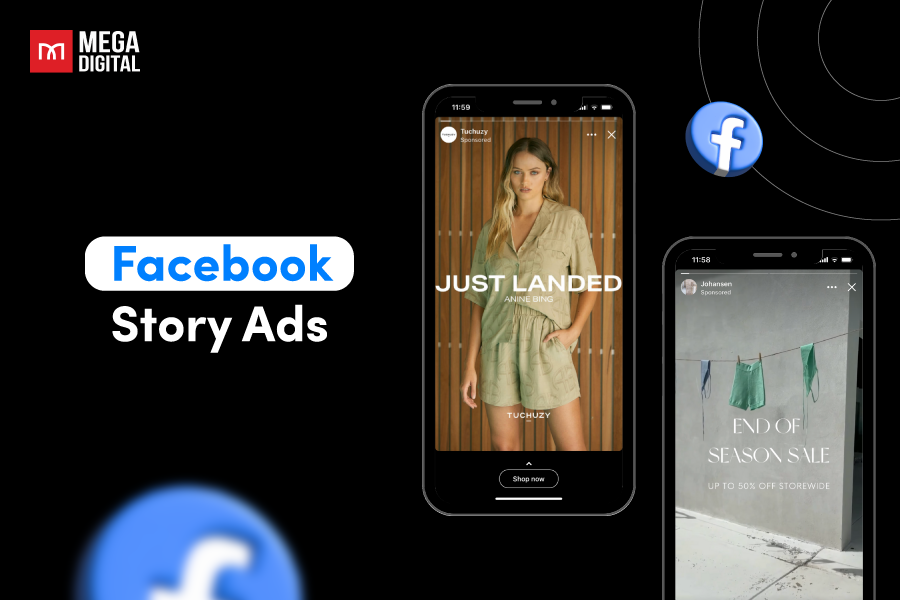In a significant update to its advertising tools, Google has announced new restrictions on using AI image generation within Google Ads. This move aims to maintain the integrity of branded content while still harnessing the power of AI to create generic product and lifestyle images.

Embracing AI with Responsibility
Google’s AI image tools have been a topic of interest for marketers looking to leverage technology for creative visual content. However, the excitement was tempered by the need for clarity on the tool’s capabilities, especially regarding branded content. Google has confirmed that its AI will not generate images containing brand names or logos, ensuring advertisers can use the tool without infringing intellectual property rights.
Google Ads Liaison Ginny Marvin emphasized that while AI tools can create product images, they are not programmed to include brand names or logos. For example, a prompt like “a dog in a pet stroller in a park” will work, but adding “with a Doggo logo” will result in an error message.

Guidelines for Generative AI Use
To help advertisers navigate this new landscape, Google has outlined specific guidelines. These include error notifications for prompts that mention brands or logos, directing users to focus on generic imagery. The support documentation further details how to responsibly use AI image generation and editing capabilities, highlighting the types of content that are automatically restricted, such as faces, children, specific individuals, branded items, and logos.
Safety and Development
Google’s commitment to safety in AI development is evident in including digital watermarking on generated images, which helps identify them as AI-generated and prevents misuse. Additionally, certain advertising verticals deemed sensitive, like politics and pharmaceuticals, will not automatically receive AI-generated image suggestions. This cautious approach reflects Google’s ongoing efforts to evaluate and improve safety measures as AI technology evolves.
Impact on the Advertising Ecosystem
Introducing these guidelines is a crucial step for the advertising ecosystem, providing clear boundaries for the use of generative AI. Search Engine Journal (SEJ) emphasizes the importance of understanding these limitations for marketers planning to integrate AI image generation into their strategies.
Benefits for Advertisers
Despite the restrictions, Google’s AI image-generation tools offer significant advantages for advertisers. They can produce a vast array of high-quality, generic product and lifestyle images, which can be used across various platforms, from e-commerce product listings to social media marketing. This capability streamlines the content creation, saving time and resources while ensuring brand safety.
In summary, Google’s update to its AI image generation tools in Google Ads represents a thoughtful balance between innovation and responsibility. By setting clear guidelines and restrictions, Google ensures that advertisers can continue to create compelling visual content without overstepping the bounds of branded material. As AI continues to shape the future of advertising, responsible use will be key to unlocking its full potential.










